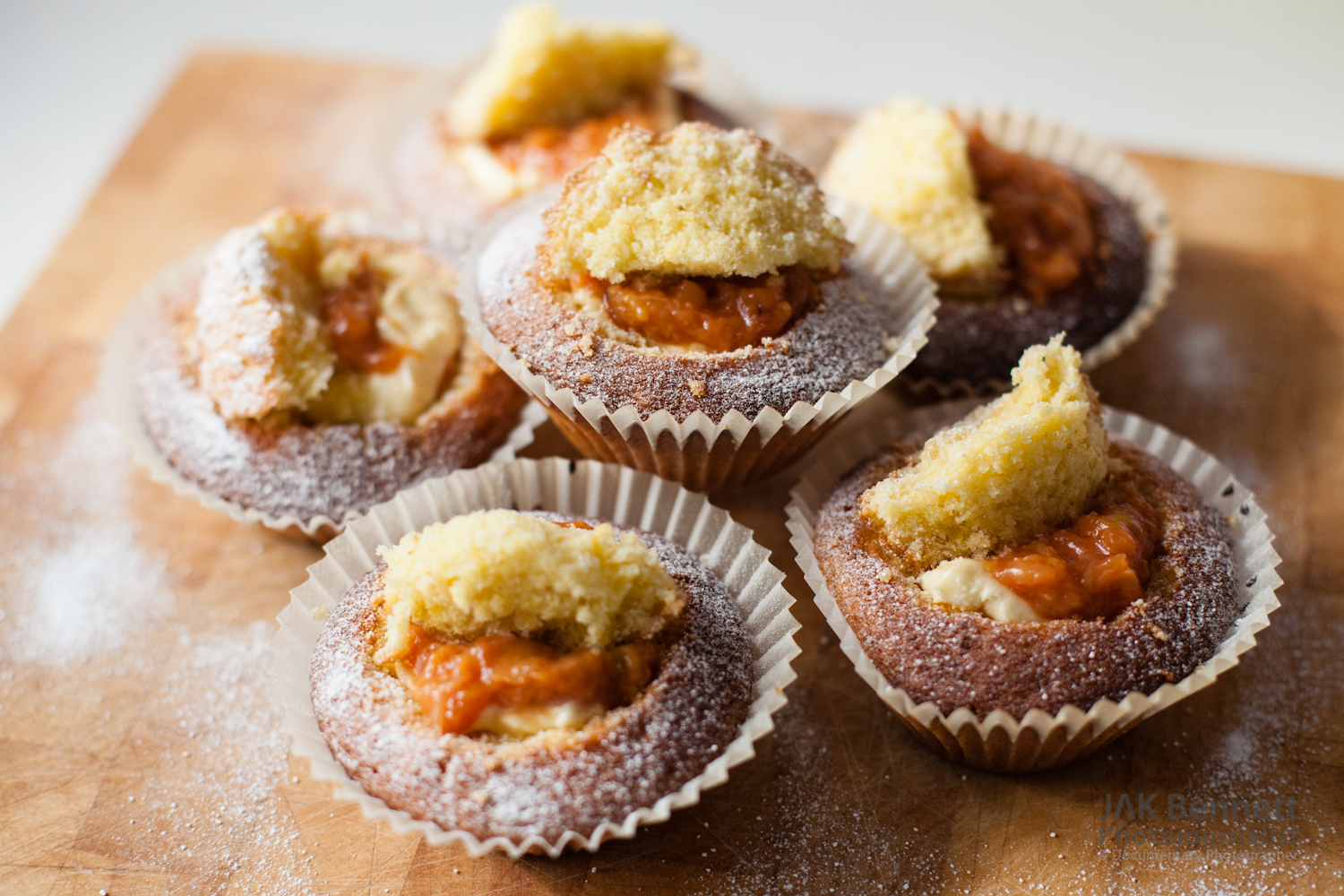"People who love to eat are always the best people."
-Julia Child
"There is no sincerer love than the love of food."
-George Bernard Shaw
"Tell me what you eat, and I will tell you what you are."
-Anthelme Brillat Savarin
Food photography is a specialized style of photography, aimed at producing attractive photographs of food for use in advertisements, packaging, menus and cookbooks. Professional food photography is a collaborative effort, usually involving an art director, a photographer, a food stylist, a prop stylist and their assistants.
Changing Cultural Trends
 |
| This ad from the 1950s illustrates how people of the time viewed food: in reference to the diner and displayed with typical symbols of middle-class prosperity, including fine china and fruit. |
During the 19th and 20th centuries, food became a defining symbol of national and cultural identity. The influx of immigrants encouraged settlement house workers, and domestic scientists to "Americanize" immigrant diets and ways of cooking. In fact most of the foods we associate with particular countries- such as tomato-based Italian spaghetti sauce- are 19th and 20th century inventions. The post-WWII expansion of international trade made American diets more diverse, making fruits and vegetables available year round. In the mid-20th century, American culture idealized middle-class wholesome values and images of food often reflected prevailing cultural attitudes.
For a long time, food photographs were shot and composed the way people were used to encountering their food: laid out on a table and shot from a overhead perspective (from the point of view of the eater). Stylists arranged food to look good from above, with items arranged flat on the plate and clearly separated from each other.
| In the 1980s, food was overly styled. Props were shiny and black plates or backgrounds prevailed. Not a single crumb was out of place. |
 |
| Example of modern food photography. The dragon fruit is simply placed to showcase its natural beauty. The vibrant green background provides subtle contrast and texture to the image. |
More recently, the prevailing trend in food photography is to present food as simple, clean and naturally as possible and with little props, often using effects such as selective focus, tilted plates and extreme close-ups. Food photography has given way to an almost grungy realism- tables are worn, dishes whimsical, and lighting feels like an early morning on the farm. This compliments current farm-to-table, organic and whole food trends, which emphasize food in its most natural state. This also follows trends in professional cooking to make foods more visually appealing. For instance, the height of dishes has increased and elements are often layered, which lends itself well to narrow-angled shots.
At its core, food photography is about how people connect to food and what connects them to it. It's not just about food on a plate but also about everything around it- the moments, the connections, the scenes, the places, the stories.
"The reason I’m so drawn to food as a subject is because of its ability to connect each and every one of us. It forces us to gather at least once a day and share a moment together—around a table, over a drink, at a counter. It peels away our differences and gives us a commonality. As a photographer, it’s these moments that I look for; it's usually where great photographs happen." -Penny De Los Santos
Food Styling
The role of the food stylist is to make sure the food looks attractive in the finished photograph. This requires a visual know how, and the ability to translate the perception of taste, aroma and appeal of a dish into a two-dimensional photograph.
Most food stylists have some sort of culinary training and are responsible for preparing the food for the shoot- whether making a recipe from scratch, plating a pre-made product, or even building a sculpture from food.
Setup and the Shoot
 |
| Behind the scenes at a photo shoot. |
The process begins with the purchase of the food and ingredients. Only the most visually perfect foodstuffs are acceptable and multiple backup items are usually needed. The best-looking of the items are selected and marked as the "hero" or the item that will be featured in the photograph.
The actual photography can take place in a studio under controlled lighting conditions or natural light. The light, background and setting is carefully prepared to present the food in the most attractive way without distracting from it. The color and texture of the background are selected to complement the food.
Styled food is usually marked as inedible and discarded after the shoot. They are often handled or treated in ways that make it unsafe for consumption.
Types of Photography
Advertising
Photos to tell sell a product. They are highly produced and are often influenced by trends in editorial photography.
Packaging
Product packaging shots are about selling a product and must show it in the best possible light. They require meticulous documentation of the camera, lighting and prop positions so the image can be recreated with other products at a later date.
Recipes
Whether for a magazine article, cookbook or website, recipe shots require an edible finished dish but can also include photographs of the ingredients or the dish preparation.
Restaurants
Restaurant photographs tend to be for editorial purposes, advertising, or menus. Often the dishes are prepared by the chefs with occasional help from the food stylist.
Stock Photography
Stock agencies look for images that follow popular trends and are flexible enough to be used in multiple contexts.
Websites, Blogs and eBooks
Food photographs on the web are mostly amateur and focuses on real food (usually in natural light) and hopes to rouse a particular feel or highlight the details of the food.
References
Ferroni, Lara. Food Photography: Pro Secrets for Styling, Lighting & Shooting. Sterling Publishing: New York, 2012.
"Food Photography." Wikipedia. http://en.wikipedia.org/wiki/Food_photography
Mintz, Steven. "Food in America." Digital History. http://www.digitalhistory.uh.edu/historyonline/food.cfm
"Photo Gallery: Photographing Food." National Geographic. http://photography.nationalgeographic.com/photography/photo-tips/photographing-food/#/family-meal-dakar-delossantos_57042_600x450.jpg




No comments:
Post a Comment